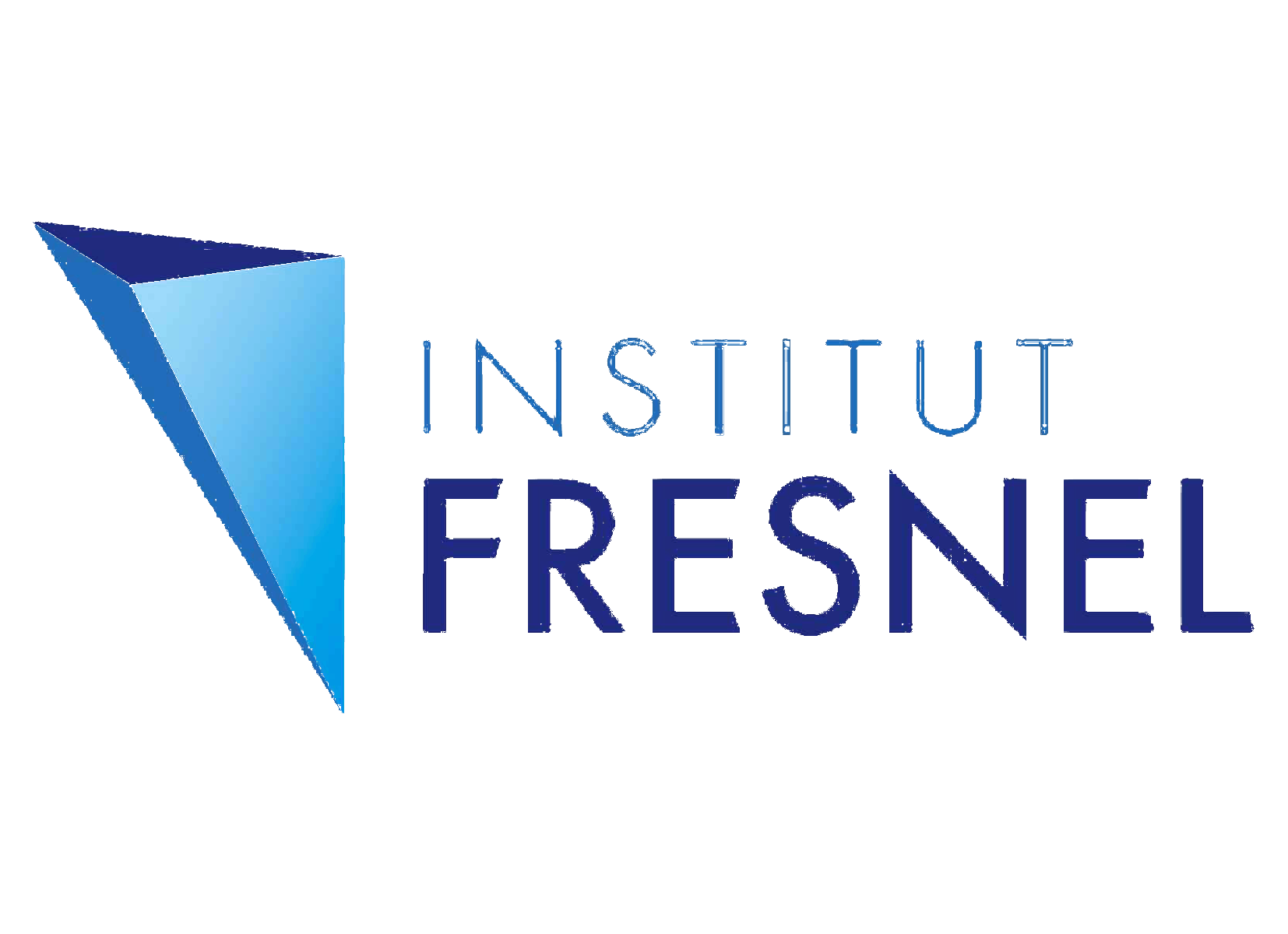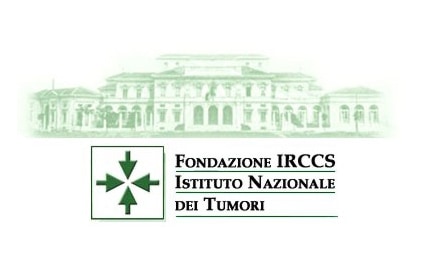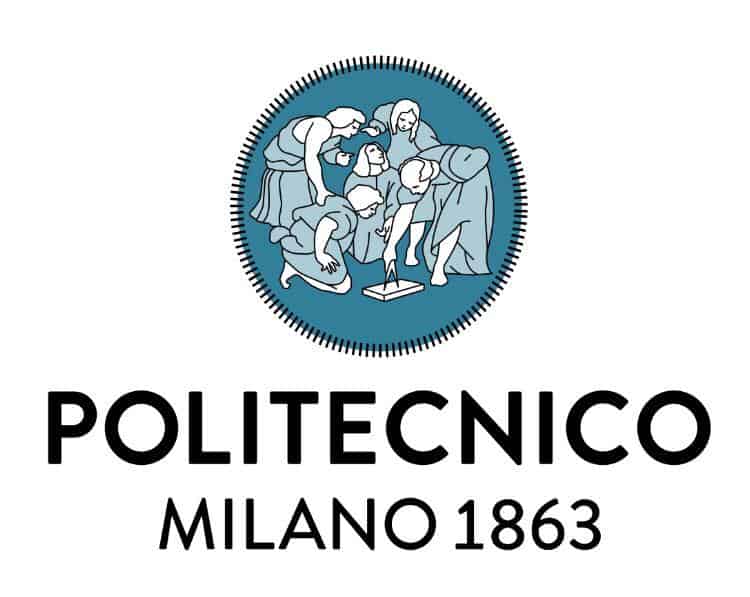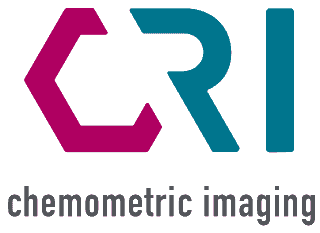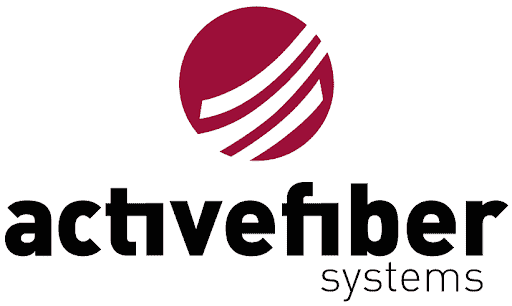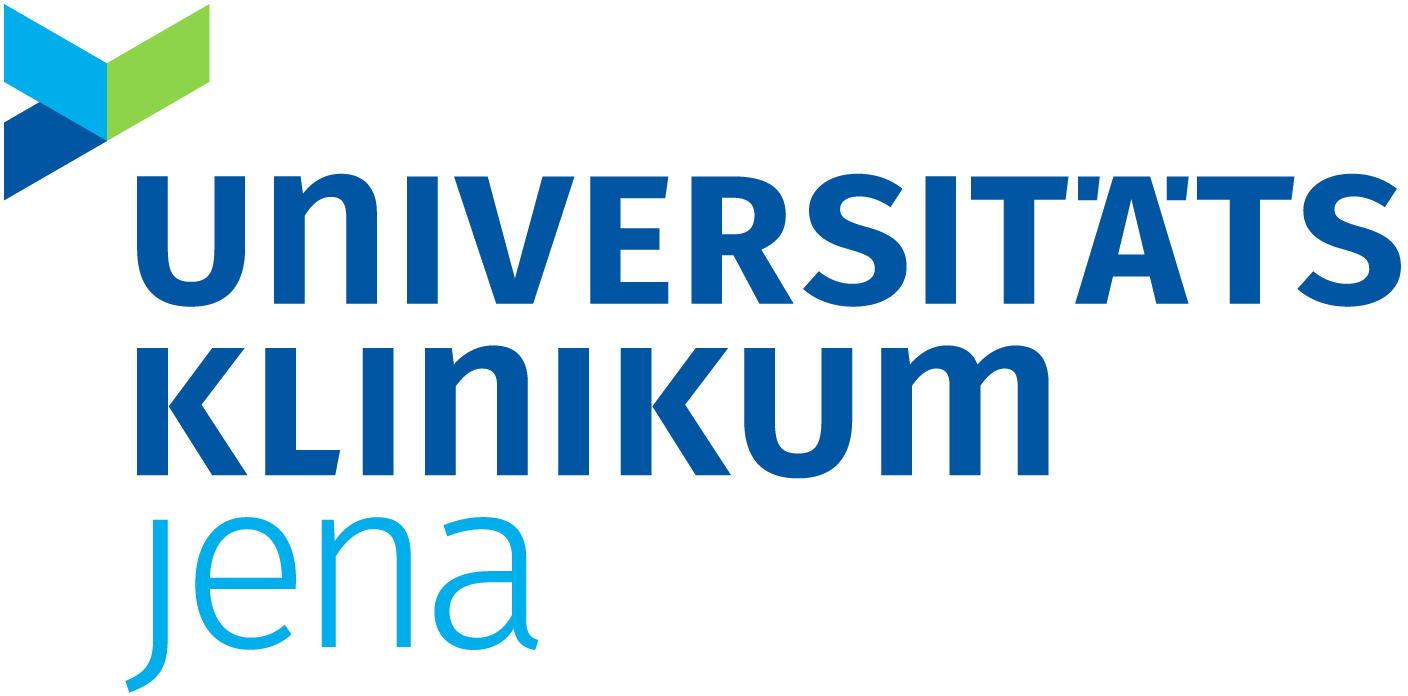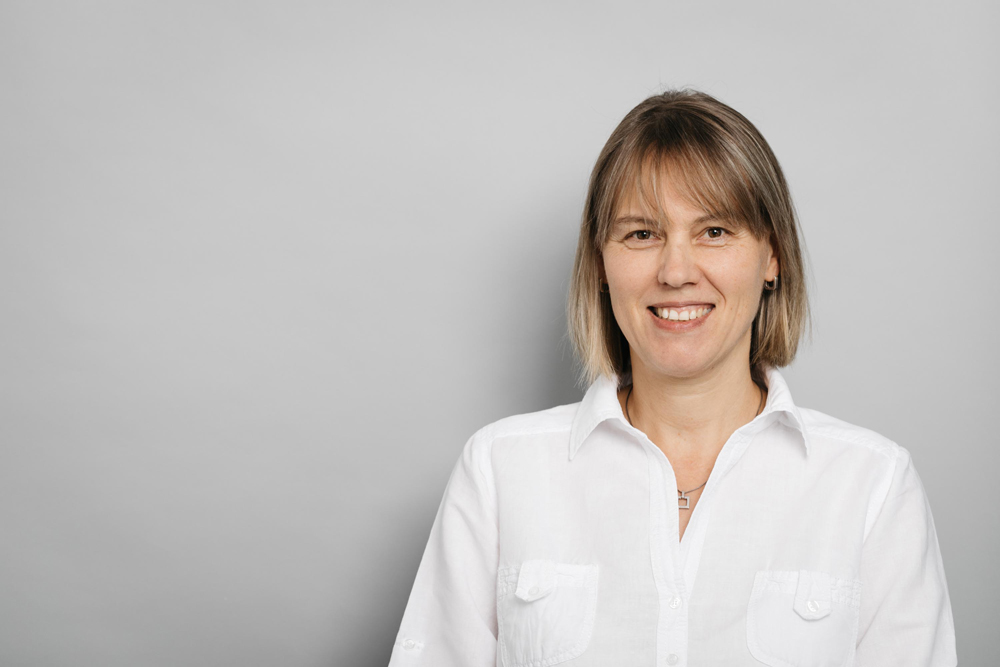- Home
- Research
- Spectroscopy and Imaging
- Projects
- CRIMSON
CRIMSON

Runtime: 01.12.2020 - 31.05.2024
The European H2020 project CRIMSON brings together a multidisciplinary team of world-leading academic organizations, biomedical end users and innovative SMEs to provide a next-generation bio-photonics imaging device based on vibrational spectroscopy to revolutionize the study of the cellular origin of diseases. We will employ label-free broadband coherent Raman scattering (CRS) extended to the fingerprint region, in combination with artificial-intelligence spectroscopic data analysis, for fast cell/tissue classification with unprecedented biochemical sensitivity. We will develop a hyperspectral CRS microscope for 3D quantitative imaging of sub-cellular compartments in living cells and organoids. High acquisition speed will enable the observation of intra- and inter-cellular dynamic changes by time-lapse imaging. We will simulate future in-vivo studies and demonstrate the capability to image inside the body, realizing an innovative CRS endoscope and applying it to ex-vivo thick tissue slides. To validate the CRS platform, we will investigate three open biological questions related to cancer, as typical examples of the complexity and heterogeneity of cellular diseases. The results will have profound societal impacts, improving patients’ quality of life and reducing public healthcare costs.
Gemeinsam mit dem Universitätsklinikum Jena (UKJ) und dem Lasersystem-Hersteller Active Fiber Systems und Forschungseinrichtungen und Unternehmen aus Italien, Großbritannien und Frankreich wird das Leibniz-IPHT neue bildgebende Verfahren zur Diagnose von Krebserkrankungen entwickeln und Anwendung bringen. In CRIMSON soll ein biophotonisches Bildgebungsgerät entstehen, das auf der kohärenten Raman-Mikroskopie der nächsten Generation basiert und fortschrittliche Lasertechniken mit Datenanalyse durch künstliche Intelligenz kombiniert. Die Europäische Kommission fördert das Projekt mit 5 Millionen Euro.
The project is funded by the EU Horizon 2020 grant number 101016923 and co-funded as EU-H2020.
Partners
